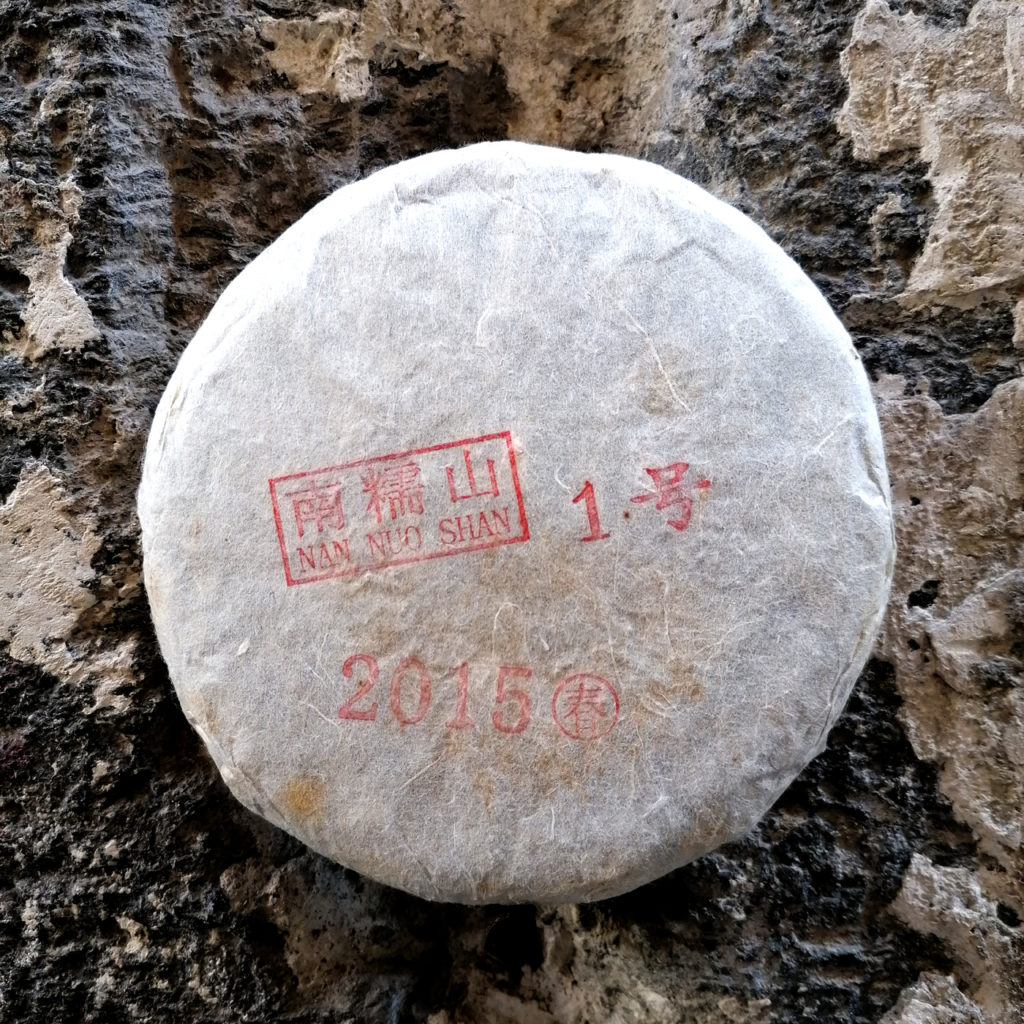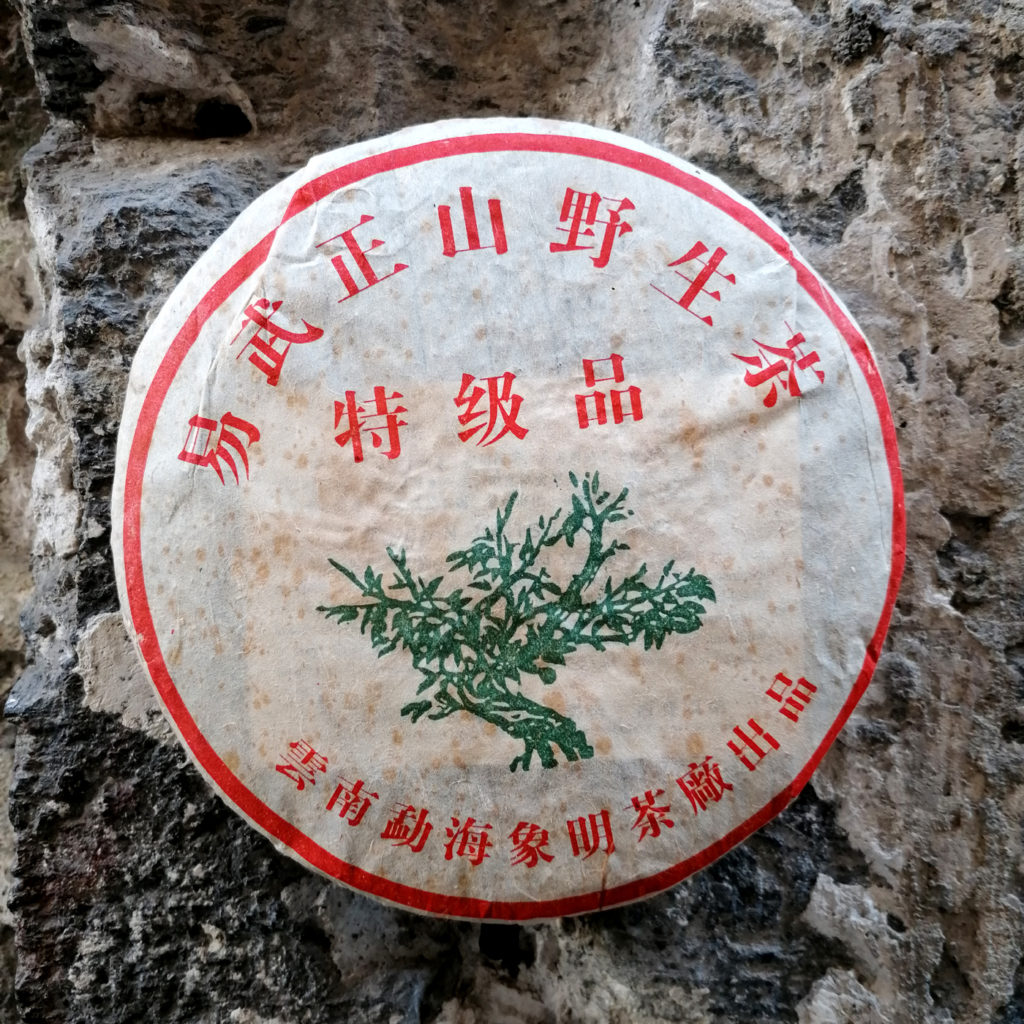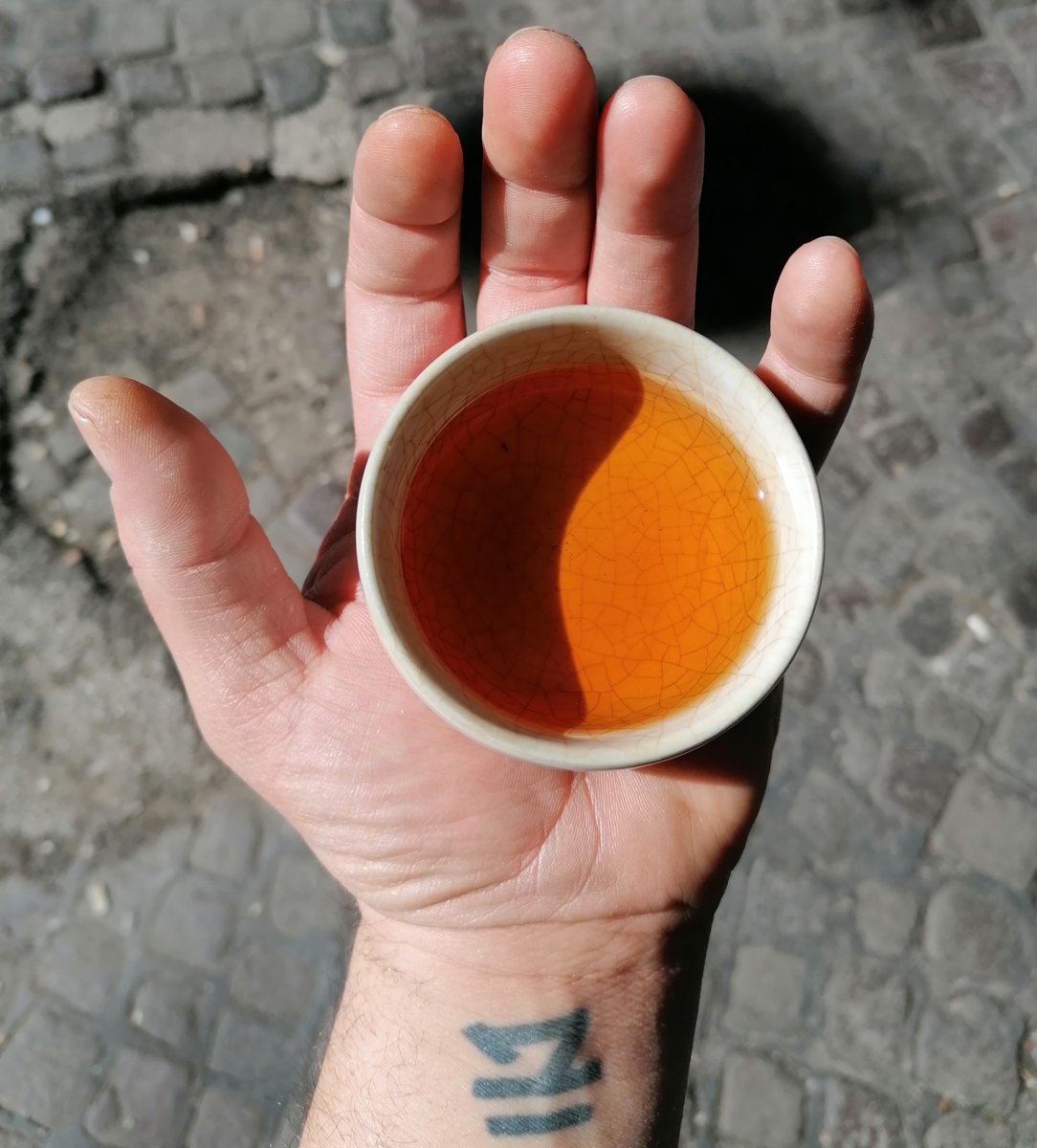How can you describe the taste of a Puerh tea? What do the terms Hóuyùn, Huí Gǎn, Huí Tián mean? And when should they be used?
On the second day of my stay in Nán Nuò Shān (may of 2014), during a Puerh tea tasting, my diners – in addition to smoking millions of cigarettes, and I with them, in less than three hours –
very strange terms to describe the taste, the flavor, the very Puerh tea we were drinking.
Obviously I understood very little of what they were saying, however, quite curious, I tried to understand better, asking, writing and listening.
And smoking, of course.
The same thing may have happened to you, perhaps the most nerd ones of you; to read, see and find some tea cards that, at a certain point, almost on the tasting notes, make use of quite strange words, Chinese words that are quite difficult to understand.
Well, let’s try to understand a little more. Technically, they are nothing more than words that describe tasting sensations.
On a side note, anyway, I must say that I have only heard these words in Yunnan, but I think they can be used to describe teas in general, and not just the Puerh ones.
The most important term (so important that it deserves a personal post) is Hóuyùn (喉 韵), a term that indicates that sensation on the back of the tongue (in the throat, practically), where hóu (喉) means throat, while yùn (韵) something like “persistent charm”. This is a very important qualitative characteristic, it indicates the persistence, the duration of the tea flavor in our throat. An almost “three-dimensional” sensation; the depth of taste and the sensation it causes in our throat.
The Hóuyùn (喉 韵) is one of the most important parameters, it defines the quality of the tea.
In aged teas, Hóuyùn (喉 韵) is essential for determining the quality of the tea.

Huígān (回甘), instead indicates a pleasant sweet aftertaste, a “return of sweetness” after drinking.
Similar, but different in complexity, is the concept of Huí Tián (回 甜) that also indicates a “return of sweetness”, but it is less complex and lasting.
Rù kǒu (入口): it is the first sensation, the impression that the tea gives you as soon as it enters in your mouth for the first time.
With Bēi xiāng (杯香), we mean the aroma, the scent that persists in the cup after drinking.
These are the most famous terms, the ones you usually find more often around. Then there are also many other “words” that are used to describe sensations and scents. Let’s see some of them.
Kǒugǎn (口感): Sensation in the mouth
Nóng xiāng (浓香): Dense, strong fragrance
Qing Xiāng (清香): Sweet fragrance
Yōu xiāng (幽香): Delicate fragrance
Píngwěn (平稳): Constant, uniform, a good tea, a good puerh tea that must be constant during infusions. A sudden change or loss of taste in fact indicates a tea of poor quality.

This is another memory of the forest that I carry inside me. I hope it will be useful to you, perhaps during a tasting session when you want to be more technical and make a good impression on the one you are flirting with or, more simply, during a night research on your next tea.
For Yunnan teas, it is important to know what kind of tree produced that particular tea.


